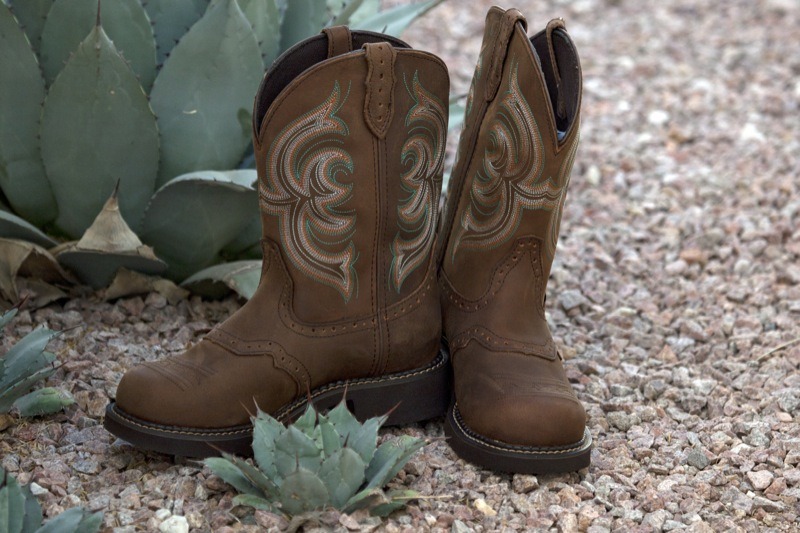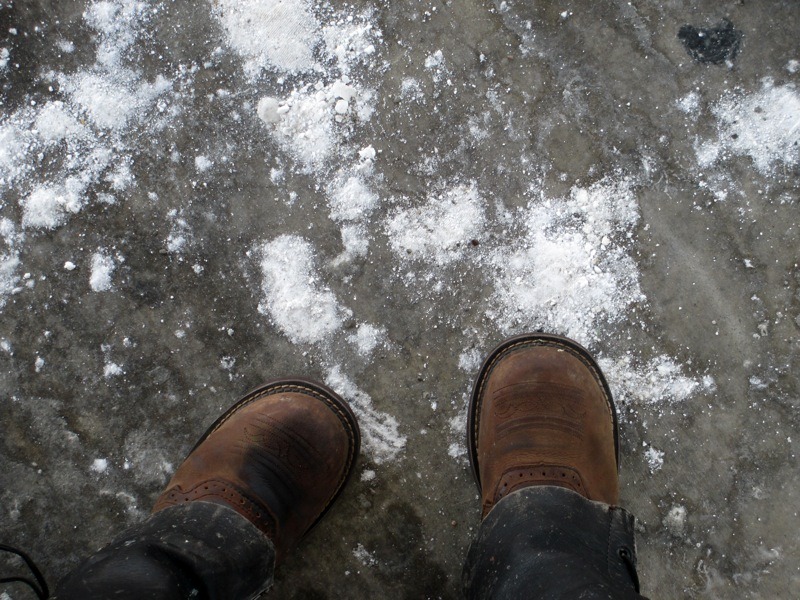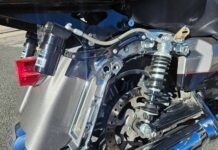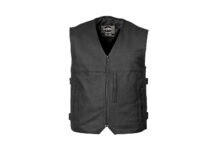Five years or 60,000 miles of tread
Back in 2012 I got a spiffy new Street Glide. At the same time I got a spiffy new pair of Justin boots and I proceeded to wear the total shit out of ’em for the next five years. Since I’m hard on stuff, particularly gear, it made perfect sense that a company that wanted to prove their product’s reliability to bikers would arm a long-distance rider with their merchandise so I immediately lit out for the proving grounds: America’s highways. If there’s a situation, weather condition or predicament where a rider’s footwear would come under fire, it could pretty much be expected that it would happen to me if given enough time, so after a year of ownership, I wrote a review on my sturdy cowboy boots. I mentioned how much I liked the steel toes, heavy leather and girly stitching on top and, right from the beginning, they were comfortable. As in, no break in time, so, every single mile on the odometer of my bike was spent in those boots and 60,000 miles later, I’d grown quite fond of the rugged footwear. By that time, however, the seams were coming apart, the inside liner was ripped from daily wear and after five years I’d quite literally walked the last mile in my favorite pair of hard-working boots. Despite the tattered inside condition, though, the leather was still good and the soles were still in pretty good shape. I contacted Justin Boots with a testimonial on how the boots had performed and they shipped out a new pair as a follow-up test since the first ones had literally rotted off my feet from daily exposure to all kinds of weather. They wanted to compare how well the new version would fare. Again, I’m quite impressed.
The new pair of Gypsy boots are a year old now and the Street Glide just turned 80,000 miles, which puts 20,000 on the sturdy footwear. In terms of weather, they’ve seen it all and are faring very well. The second generation is as hardworking as they are stylish, just as their predecessors had been. In fact, I got a compliment on them while out two-stepping before I hit the road for a three-state ride into the southwest that included a bit of rain, though I did manage to miss the predicted snow. No matter, though, since the boots do well at protection from adverse conditions. It takes a serious amount of rain before my phalanges get wet, but they will eventually, despite Justin’s declaration that the boots are waterproof. Water resistant, certainly. Waterproof, not exactly.
The toe is rounded and has a high profile, but still fits fine under the shifter peg. The roomy toe box means these are not dainty boots but they are also not terribly heavy though they are durable and rugged and I’m glad to have them as my daily kicks. I’m not sure how many boots can stand up to daily wear, weather and work for 60,000 miles in five years, but I’m quite confident that this generation of the Justin Gypsy is capable.
Justin Boots
#WKL9984, $125





















Something to keep in mind when buying “waterproof” boots. If they truly have a waterproof lining, like Gore-Tex or Justin’s “Chippa-Tex” used in their Chippewa brand boots, they will not leak. At least, not if they’re manufactured properly by their communist slave labor in China. But they also will not breathe, no matter what claims they make, and even if they don’t leak from the outside they will get wet on the inside from your sweat! For almost all purposes other than wading, an oiled leather water-resistant boot is preferable, as the rain will simply roll off the leather for mile after mile. On one of my trips across South Dakota and Wyoming, I was rained on-hard!- during three of four long road days. I alternate American-made Chippewa and Wesco engineer boots (they last a LOT longer if you don’t wear them on consecutive days), my feet never got wet and the boots did not noticeably absorb any water.